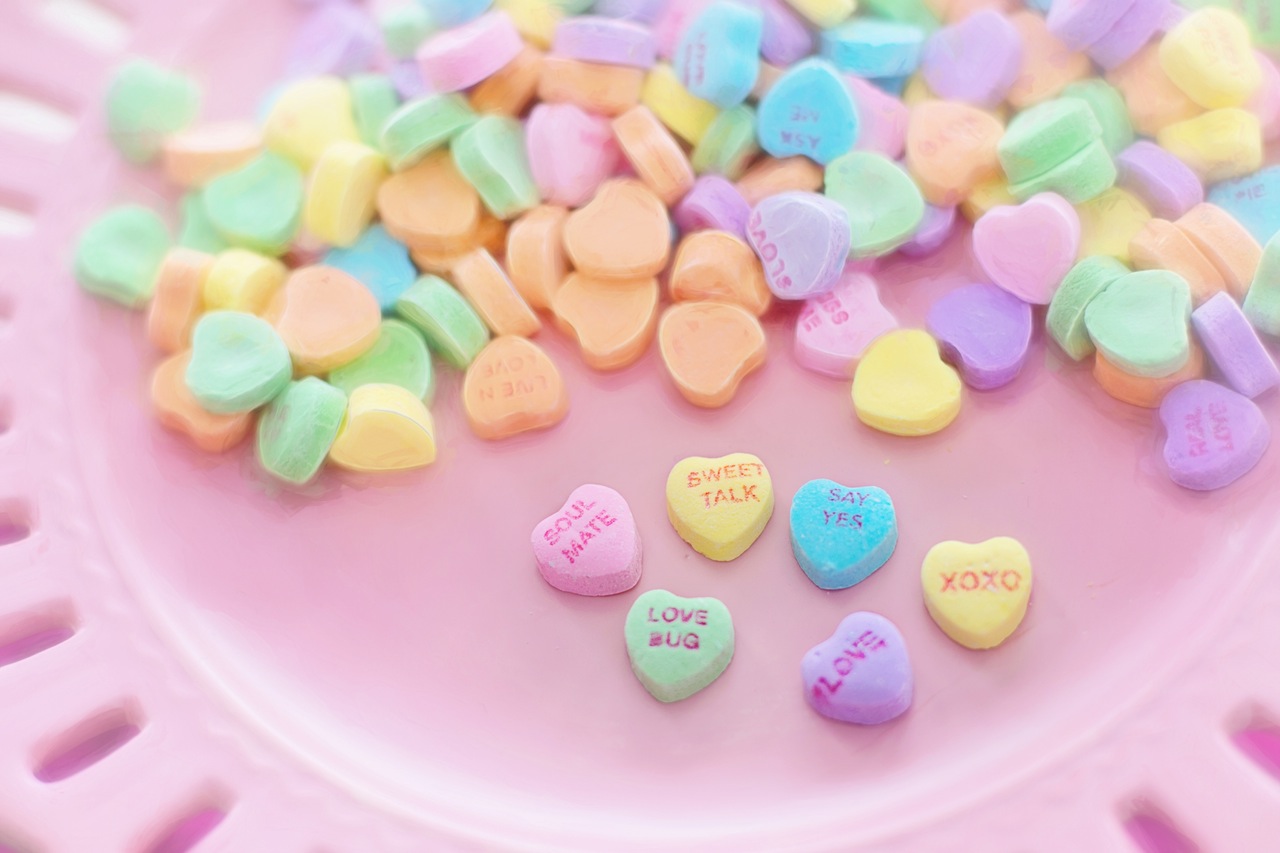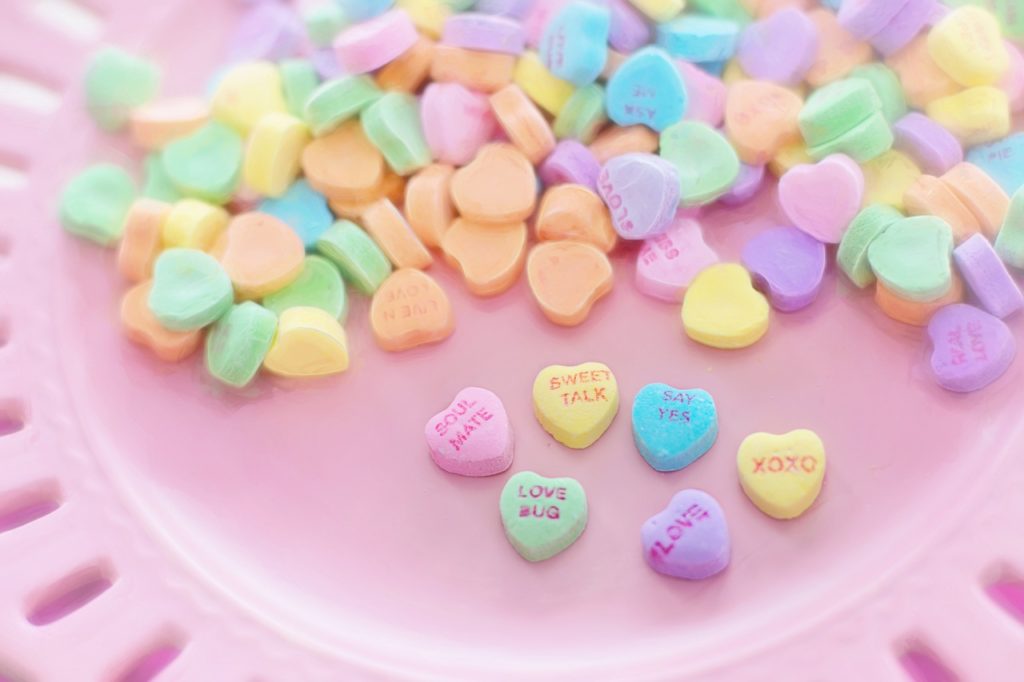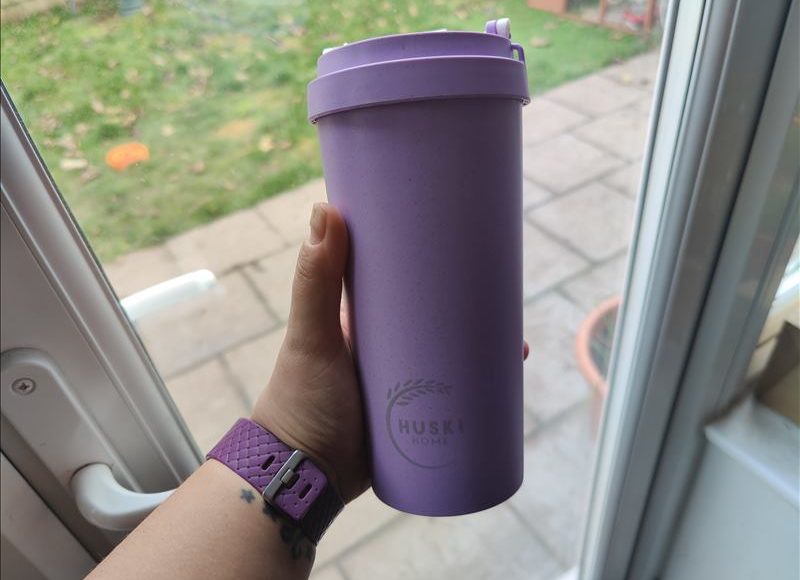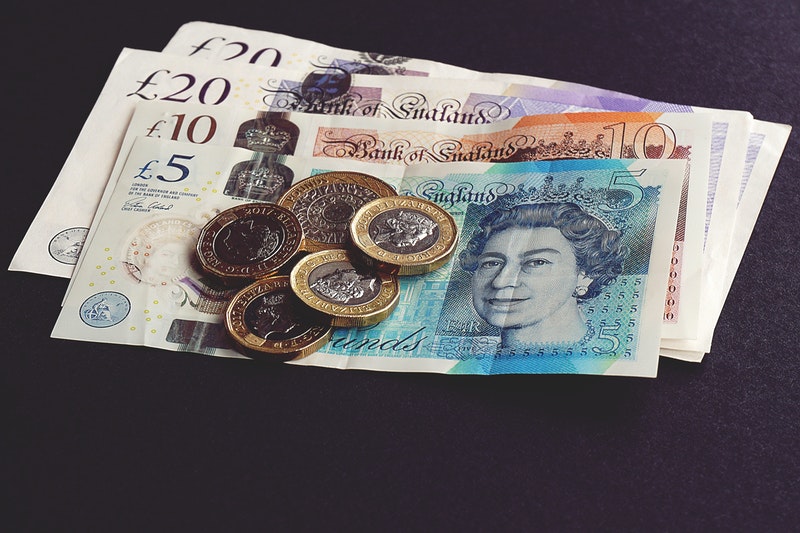A guide to my favourite traditional British sweets

I have fond memories of going to the local sweet shop as a child and picking out my favourites from the shelves and jars as a treat. I very quickly discovered that I hated the flavour of aniseed and loved the sweet and sharp taste of sherbert! I recently popped back to the same shop which happily still sells sweets and being there again made me feel rather nostalgic, so here is a guide to my favourite British sweets.
Around the 14th February there is one sweet which really shines through as a favourite; Lovehearts! Funnily enough, they were first designed to go in Christmas crackers in the 1950s by British confectioners Swizzels-Matlow. These are a sweet and sherberty treat which sizzle on the tongue and are near the top of my favourites list, and I am not the only one as reportedly Diana, Princess of Wales, visited the Loveheart factory in 1990 and was given a personalised selection of the sweets including “Prince William” and “Prince Harry” stamped on each sweet.
If you want a long lasting sugar hit then a gobstopper is the perfect traditional treat for you. Made from layers of candy in a ball shape gobstopper sweets are usually between 1cm-3cm across (although you can get exciting giant versions too!) Traditionally these sweets were a favourite for British schoolboys in the years between the world wars. When I think of gobstoppers I can’t help but recall Roald Dahl’s Everlasting Gobstoppers in his famous book Charlie and the Chocolate Factory.
A couple of years ago my sister and I went on a long weekend jaunt to G`reat Yarmouth, somewhere which we had visited many times as children, to re-live a British seaside holiday. One thing you can always guarantee will be present at a British seaside town is rock! Made from pulled sugar mixed with vibrant colours and a huge range of flavours no-one can resist a stick of rock to enjoy whilst sitting on the beach. Check out this video which shows how rock is made.
At the very top of my list of favourite British traditional sweets just has to be Barratt’s sherbert fountain, made simply with a sharp tangy sherbet and a liquorice stick which you lick and dip into the citrus sherbert and then lick and dip… Of course, I wasn’t a fan of the liquorice (aniseed) but I simply loved the sherbert and would simply choose an alternative lolly or sweet to capture it. Sold since 1925 it originally came in a traditional paper packaging which was sadly changed to a plastic tube in 2009 to the horror of traditionalists.
At the very top of my favourite British sweets list are a sweet which divides people a bit like marmite – either you love them or you hate them, due to their slightly odd flavour. Parma Violets, named after the flower, have a floral flavour that some people think tastes like soap! However, I really love them! It helps that they are also made in my favourite colour; purple!
Lastly, a sweet that was voted Britain’s all-time favourite in 2004. First seen in the 1960s and made from layers of rice paper filled with sherbet, the flying saucer has to be the best way to get a quick sugar fix! These are an amuse bouche with a citrus sugar kick sandwiched in melt in your mouth rice paper parcels. Perfect!
What are your favourite traditional sweets?






